Salsa macha, the traditional Mexican condiment known for its rich, nutty flavor and balanced heat, is made with five essential ingredients: dried chiles (like ancho, guajillo, or pasilla), nuts or seeds (traditionally peanuts), garlic, vinegar, and oil. These components work together to create the distinctive flavor profile that has made salsa macha popular worldwide. Whether you're searching for authentic salsa macha ingredients to make your own batch or want to understand what to look for when purchasing, this guide provides everything you need to know about the essential components of this versatile Mexican sauce.
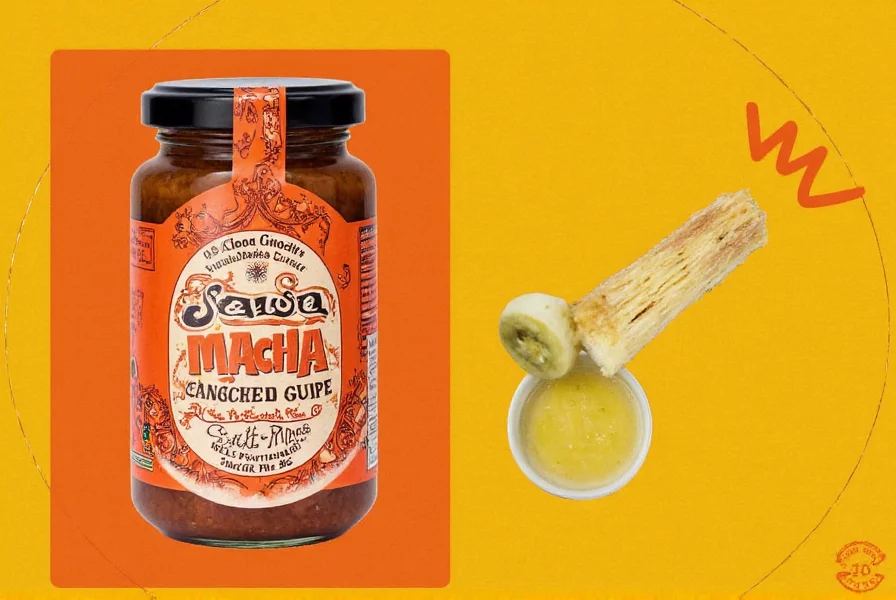
Table of Contents
- What Is Salsa Macha?
- The Core Ingredients of Salsa Macha
- Optional Add-ins for Extra Flavor
- How It Compares to Other Salsas
- Buying Guide: Where to Find Quality Ingredients
- Making Salsa Macha at Home: A Step-by-Step Guide
- Creative Uses Beyond Tacos
- Frequently Asked Questions
- Conclusion
What Is Salsa Macha?
Salsa macha is a traditional Mexican condiment that originated in Veracruz but has gained popularity across Latin America and beyond. Unlike typical salsas made with fresh tomatoes or tomatillos, salsa macha is an oil-based sauce featuring dried chiles, nuts, garlic, vinegar, and sometimes sugar or bread for sweetness and texture.
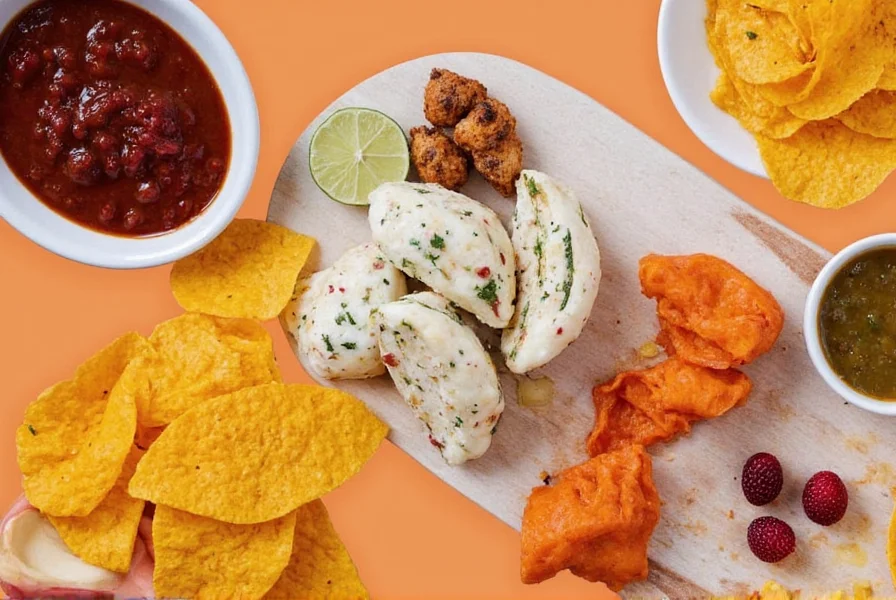
Its defining feature is its rich, complex flavor profile — smoky, spicy, slightly sweet, and wonderfully nutty. The oil acts as both a preservative and a delivery system for all those bold flavors, making it perfect for drizzling over everything from eggs to empanadas.
The Core Ingredients of Salsa Macha
To make a classic salsa macha, you need a handful of high-quality ingredients that work together harmoniously. Let's break down each component and why it matters:
| Ingredient | Role in Salsa Macha | Recommended Variety |
|---|---|---|
| Dried Chiles | Provides the base flavor and heat | Ancho, Guajillo, Pasilla |
| Nuts or Seeds | Adds richness and body | Peanuts, Almonds, Walnuts |
| Garlic | Brings aromatic depth | Fresh cloves |
| Vinegar | Brightens the sauce and balances richness | Apple cider or white vinegar |
| Oil | Preserves and carries flavor | Vegetable, avocado, or olive oil |
| Sugar or Bread (optional) | Softens heat and adds complexity | Brown sugar, piloncillo, or toasted bread |
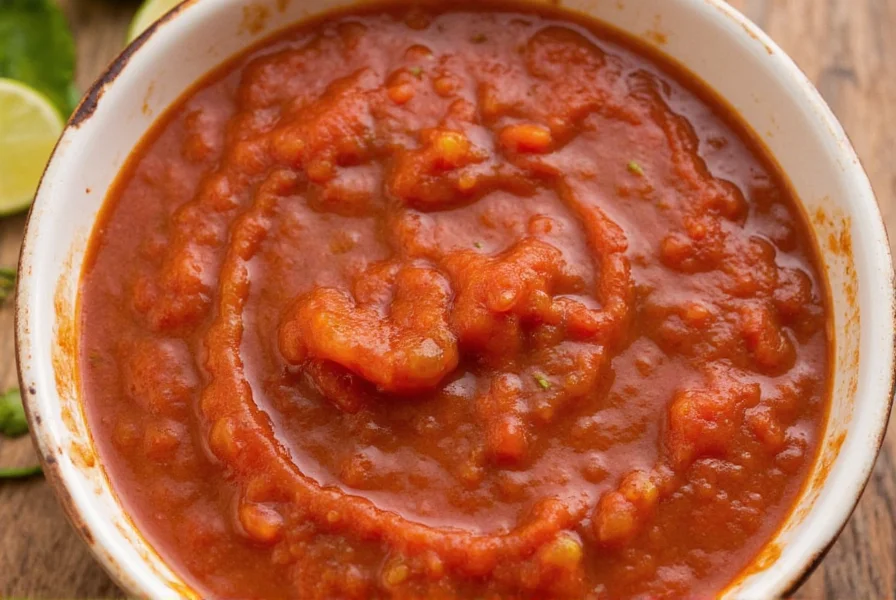
Dried Chiles: The Heat & Soul of Salsa Macha
Dried chiles are the backbone of salsa macha. They contribute not only the signature heat but also a range of complex flavors — smoky, fruity, earthy, and even chocolatey notes depending on the type used.
- Ancho: Sweet, mild, and slightly raisiny
- Guajillo: Medium heat with berry-like undertones
- Pasilla: Earthy, dark fruit flavors, and moderate spice
Nuts or Seeds: Adding Nutty Depth
The addition of nuts gives salsa macha its distinctive creamy texture without any dairy. Peanuts are traditional, but almonds or walnuts can add different dimensions of flavor.
Tip: Toasting the nuts before blending enhances their natural oils and intensifies the flavor.
Garlic: Bold Aroma, Balanced Flavor
Raw garlic adds punch and brightness. You can roast it for a sweeter note or use fewer cloves if you prefer a milder version.
Vinegar: Brightness in Every Drop
Vinegar cuts through the richness of oil and nuts, giving salsa macha a refreshing lift. Apple cider vinegar is great for a tangy finish, while white vinegar offers cleaner acidity.
Oil: Flavor Carrier and Preservative
The oil in salsa macha isn't just for texture — it helps preserve the sauce and makes the flavors linger longer on your palate. Choose neutral oils like vegetable or avocado oil, or opt for olive oil for a Mediterranean twist.
Optional Add-ins for Extra Flavor
Once you've mastered the basics, feel free to get creative. These optional ingredients can elevate your salsa macha from good to unforgettable:
- Coffee grounds or cocoa powder – for a mocha twist
- Tamarind paste – for tart depth
- Pumpkin seeds (pepitas) – for extra crunch
- Lime juice – for citrusy freshness
- Dried shrimp or anchovies – for umami boost
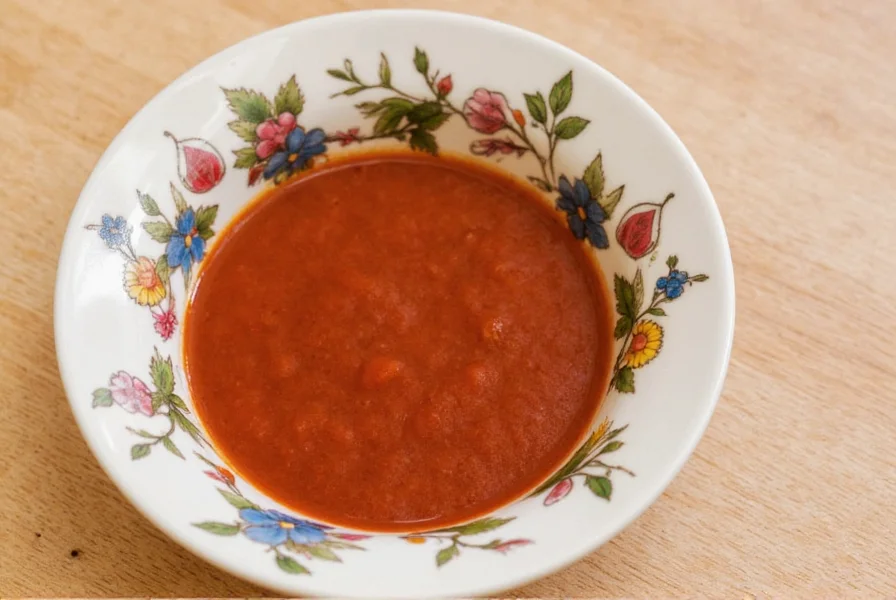
How It Compares to Other Salsas
If you're familiar with other salsas, here's how salsa macha stacks up:
| Type | Base | Texture | Flavor Profile | Heat Level |
|---|---|---|---|---|
| Salsa Macha | Oil + Dried Chiles | Thick, nutty, smooth | Smoky, nutty, tangy, slightly sweet | Mild to medium |
| Salsa Roja | Tomatoes | Thin and saucy | Tomato-forward, garlicky, acidic | Low to medium |
| Salsa Verde | Tomatillos | Zesty and chunky | Green, tart, herbaceous | Medium to hot |
| Habanero Salsa | Fresh Habaneros | Chunky or blended | Hot, fruity, tropical | Very hot |
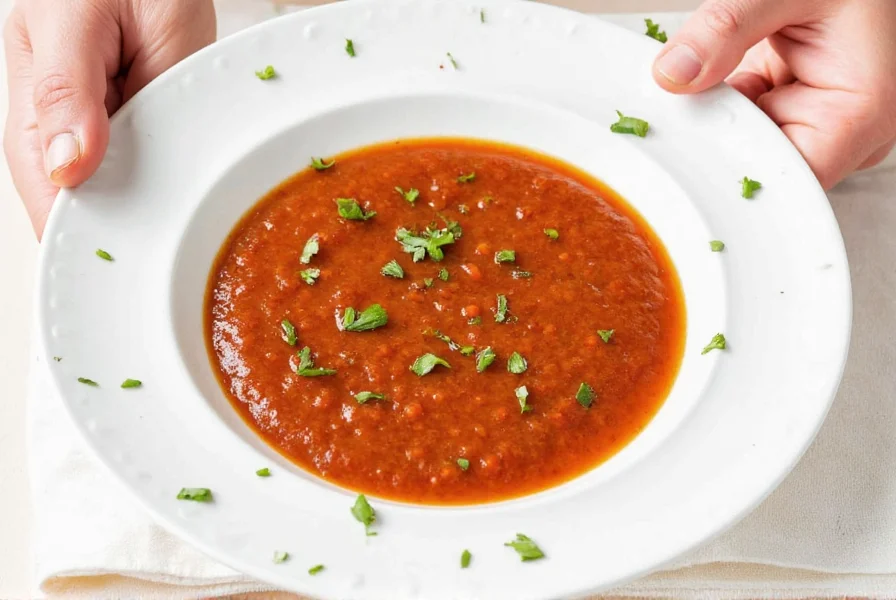
Buying Guide: Where to Find Quality Salsa Macha Ingredients
Whether you're sourcing locally or shopping online, quality ingredients are key to a stellar salsa macha. Here's where to find the best picks:
| Product | Where to Buy | Features | Best For | Price Range |
|---|---|---|---|---|
| Whole Dried Chiles (Ancho/Guajillo) | Mexican markets, specialty spice shops, Amazon | Rich color, intact skin, strong aroma | Classic recipes, custom blends | $5–$10/lb |
| Roasted Peanuts | Supermarkets, bulk bins, health stores | No added salt or oil | Authentic texture and flavor | $4–$8/lb |
| Neutral Oil | Kroger, Costco, Whole Foods | Refined, light tasting | Long shelf life, clean taste | $8–$15/bottle |
| Vinegar (Apple Cider or White) | Grocery stores, organic shops | Unfiltered, raw (for ACV) | Balancing oiliness | $3–$6/bottle |
| Tamarind Paste or Cocoa Powder | Latin markets, specialty food stores | Organic, unsweetened | Adding depth and tartness | $5–$10/each |
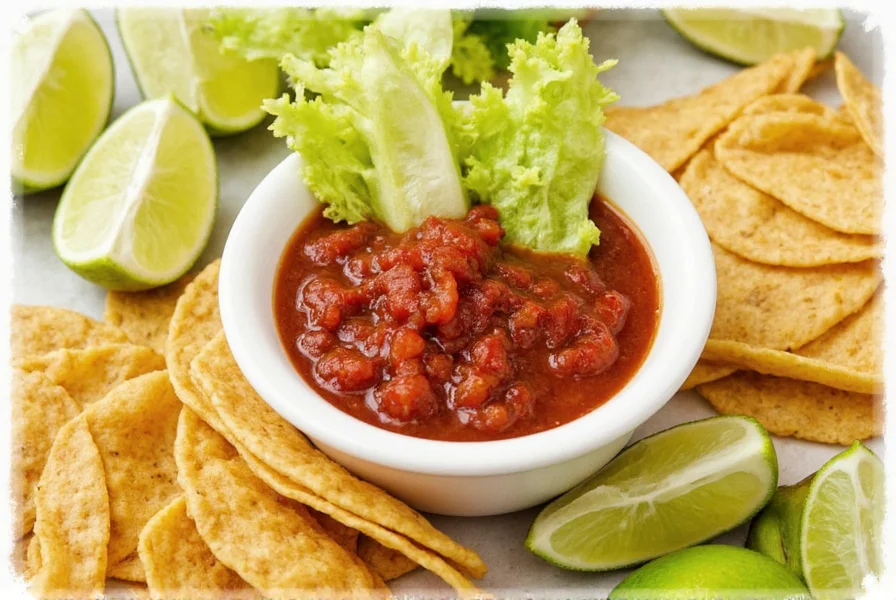
Making Salsa Macha at Home: A Step-by-Step Guide
Ready to whip up your own batch? Here's a simple recipe to get you started:
- Soak the Chiles: Remove stems and seeds from 4–6 dried chiles. Cover with boiling water and let soak for 20–30 minutes until soft.
- Toast the Nuts: In a dry skillet, toast 1/2 cup of peanuts or almonds until fragrant. Set aside.
- Blend Everything: In a blender, combine soaked chiles, 2–3 garlic cloves, 1 tbsp vinegar, 1/2 tsp salt, and a pinch of brown sugar. Blend until smooth.
- Heat the Oil: In a saucepan, heat 1 cup oil over low heat. Slowly pour the blended mixture into the oil, stirring constantly to prevent burning.
- Cook and Cool: Cook for 10–15 minutes, then stir in toasted nuts. Let cool completely before transferring to a jar.
- Store: Keep refrigerated for up to 2 months. Stir well before each use.
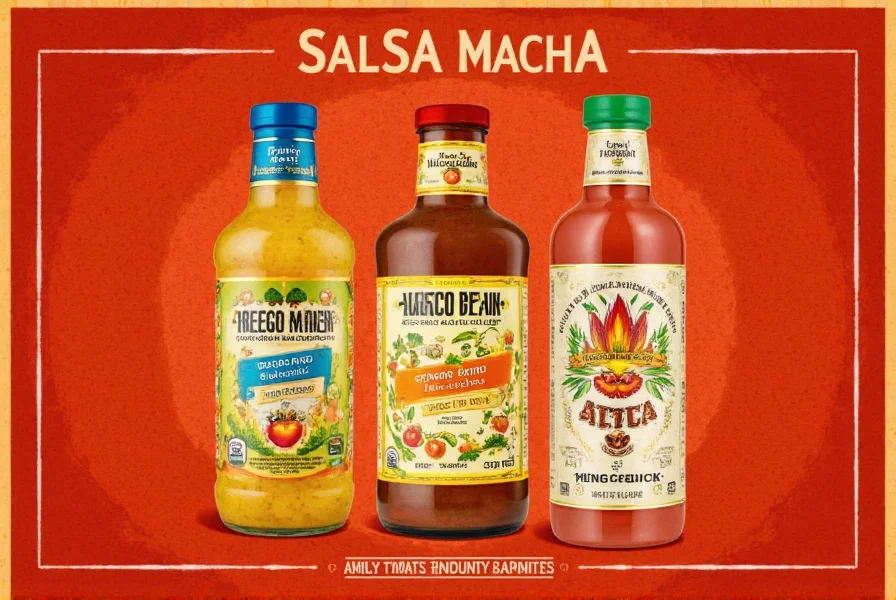
Creative Uses Beyond Tacos
Salsa macha may be traditionally paired with tacos, but don't stop there! Here are some unconventional ways to enjoy this versatile condiment:
- Drizzle over avocado toast or scrambled eggs
- Stir into soups or stews for extra depth
- Use as a marinade base for grilled chicken or shrimp
- Top grilled cheese or paninis
- Swirl into mayonnaise for a spicy sandwich spread
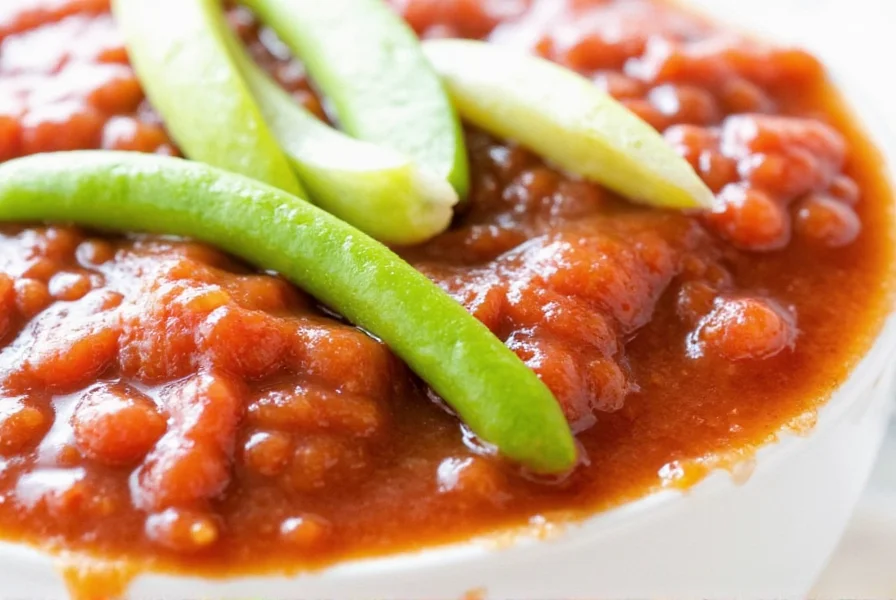
Frequently Asked Questions About Salsa Macha Ingredients
What are the 5 essential ingredients in authentic salsa macha?
The five essential ingredients for authentic salsa macha are: 1) Dried chiles (like ancho, guajillo, or pasilla), 2) Nuts or seeds (traditionally peanuts), 3) Garlic, 4) Vinegar, and 5) Oil. These create the signature flavor profile that balances heat, richness, acidity, and texture.
Can I make salsa macha without nuts for allergies?
Yes, you can make nut-free salsa macha. Traditional versions often use peanuts, but you can substitute with seeds like pumpkin seeds (pepitas) or sesame seeds. Some regional variations skip nuts entirely and use bread or additional chiles for texture. Just be aware the flavor profile will be slightly different without the nutty richness.
How long does homemade salsa macha last?
When properly stored in a clean, airtight container in the refrigerator, homemade salsa macha can last 2-3 months. The oil acts as a preservative, but always use a clean spoon when serving to prevent contamination. If you notice any mold, off smells, or changes in texture, discard the sauce immediately.
What's the best oil to use for salsa macha?
Traditional salsa macha uses neutral oils like vegetable or canola oil, but avocado oil is becoming popular for its high smoke point and mild flavor. Some modern variations use olive oil for a Mediterranean twist, though this changes the flavor profile. Avoid strongly flavored oils that might overpower the chiles and nuts.
How can I adjust the heat level in salsa macha?
To make milder salsa macha, remove more seeds and veins from the chiles before soaking, or use milder varieties like ancho. For spicier versions, include more seeds, add hotter chiles like arbol, or include a small amount of fresh chiles. Remember that the heat will mellow slightly when cooked in oil, so you may want to make it slightly spicier than your target when first blending.
Can I use fresh chiles instead of dried ones?
Traditional salsa macha uses dried chiles for their concentrated, complex flavors. While you can experiment with fresh chiles, the result will be different - fresher and brighter but lacking the deep, smoky notes that define authentic salsa macha. If using fresh chiles, you'll need to roast them first and adjust liquid content since dried chiles absorb water during soaking.
Why is my salsa macha bitter and how can I fix it?
Bitterness usually comes from over-toasting the chiles or nuts, or burning the garlic during cooking. To fix mild bitterness, add a small amount of sweetener like honey or piloncillo. For prevention, toast chiles and nuts just until fragrant (not darkened), and cook the sauce over low heat, stirring constantly. Soaking chiles in hot (not boiling) water can also prevent bitterness.
Conclusion
Salsa macha is more than just another hot sauce — it's a celebration of balance, texture, and layered flavors. From the smoky warmth of dried chiles to the nutty richness and tangy kick of vinegar, every ingredient plays a vital role in creating this iconic Mexican condiment.
Whether you're buying pre-made jars or crafting your own batches at home, understanding the essentials of salsa macha ingredients empowers you to experiment and personalize your sauce. With this guide, you're ready to spice up your pantry and impress your tastiest friends with a touch of macha magic.
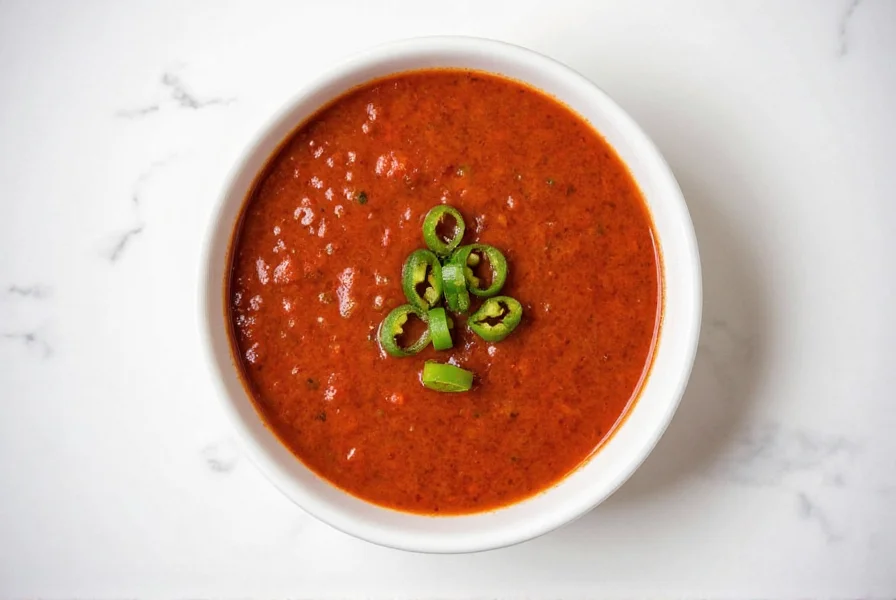

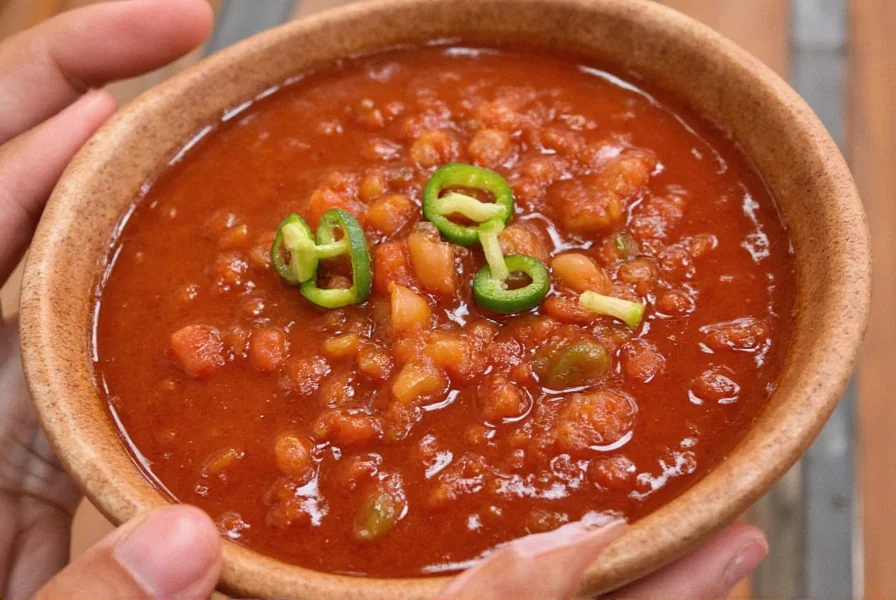









 浙公网安备
33010002000092号
浙公网安备
33010002000092号 浙B2-20120091-4
浙B2-20120091-4